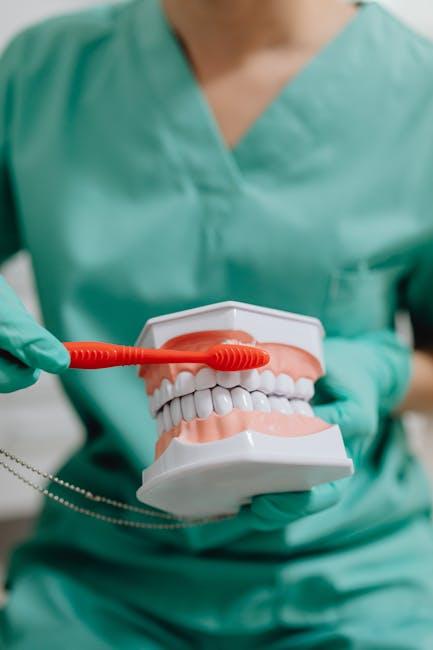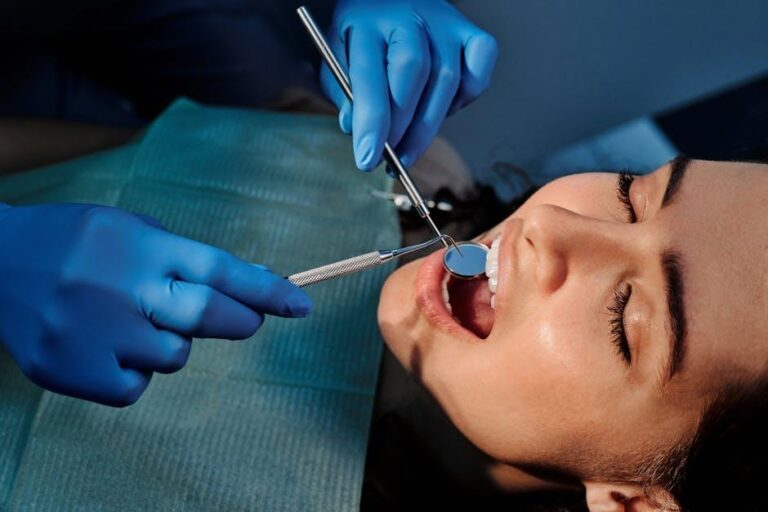
Six Things Dental Hygienists Should Know About Insurance
As a dental hygienist, your primary focus is maintaining and improving your patients’ oral health, but understanding dental insurance is equally vital for delivering seamless care. Navigating the often-complex world of insurance claims, coverage, and policies can ensure both patient satisfaction and optimal practice workflow. In this article, we explore six essential things dental hygienists should know about insurance to help you work confidently alongside your team and patients.
1. Understanding Different Types of Dental Insurance Plans
Before treating patients, it’s important to recognise the various dental insurance plans they might have. This knowledge helps you clarify coverage, set expectations, and prevent billing issues.
- Preferred Provider Organizations (PPOs): These plans offer flexibility with a network of preferred providers, but patients can also choose out-of-network dentists usually at higher costs.
- Health Maintenance Organizations (HMOs): HMOs typically require patients to use in-network providers exclusively, impacting appointment scheduling and authorizations.
- Indemnity Plans: Provide more freedom in provider choice, but patients often pay upfront and get reimbursed later.
- Government Programs: Such as NHS dental coverage in the UK or Medicaid in the US. Familiarity with these ensures compliance with regulatory frameworks and optimizes patient benefits.
2. The Role of Dental Hygienists in Insurance Verification
Dental hygienists often have first contact with patients concerning treatments and can assist efficiently with insurance verification. This verification includes:
- Checking the patient’s current insurance status.
- Understanding coverage limitations and frequency restrictions (e.g., cleanings covered every six months).
- Communicating potential out-of-pocket costs to avoid surprises.
Timely insurance verification helps streamline workflow, reduces claim denials, and promotes transparency.
3. Importance of Accurate Documentation for Claims
One of the most critical aspects dental hygienists must always prioritise is maintaining accurate and detailed documentation. Proper coding and note-taking directly affect insurance claim success. Key points to remember:
- Use the correct CDT (Current Dental Terminology) codes for procedures performed.
- Be thorough in documenting patient oral health status and treatment rationale.
- Ensure notes are clear, concise, and professional to support any audits or claim reviews.
4. How Pre-authorizations Affect Treatment Scheduling
Pre-authorizations can be a sticking point for both patients and practices. Knowing when a pre-authorization is needed can speed up the treatment approval process and improve patient satisfaction. Dental hygienists should:
- Understand common procedures requiring pre-authorization (e.g., periodontal therapy, scaling and root planing).
- Inform patients about the expected timeline for approval.
- Coordinate with front desk or billing staff to follow up on pending authorizations.
5. Patient Communication Strategies Regarding Insurance
Clear communication about insurance helps set realistic expectations and builds trust. Dental hygienists can:
- Explain coverage benefits in simple language.
- Discuss financial options if insurance coverage is limited.
- Encourage patients to ask questions about their policy and co-payments.
A proactive approach decreases confusion and ensures patients feel informed throughout their treatment journey.
6. Keeping Up with Industry Insurance Changes
The dental insurance landscape is constantly evolving, with policy updates, new coding changes, and regulatory shifts. Staying informed ensures compliance and efficiency. Useful methods include:
- Subscribing to updates from insurance providers and dental associations.
- Participating in professional development courses focusing on insurance and billing.
- Sharing knowledge during team meetings with billing and administration staff.
Benefits for Dental Hygienists and Their Patients
Understanding dental insurance provides numerous benefits at both the practitioner and patient level:
| Benefit | Description |
|---|---|
| Improved Patient Trust | Transparent insurance communication helps patients feel more confident in treatment decisions. |
| Reduced Claim Denials | Accurate coding and verification minimise rejected insurance claims. |
| Efficient Scheduling | Understanding pre-authorizations prevents delays in care. |
| Better Workflow | Clear communication and insurance knowledge improve team coordination. |
Practical Tips for Mastering Dental Insurance as a Hygienist
- Create a Quick Reference Guide: Keep an accessible list of common insurance codes and patient FAQs.
- Collaborate Closely with the Billing Team: Regular communication helps resolve insurance issues faster.
- Use Practice Management Software: Tools often provide real-time insurance eligibility checks.
- Attend Workshops: Seek training on insurance changes or dental billing practices.
- Practice Empathy: Understand the financial concerns of patients when discussing insurance and cost.
Conclusion
Dental hygienists play a vital role beyond patient care—they are instrumental in navigating the complexities of dental insurance. By understanding diverse insurance plans, verifying coverage, meticulously documenting procedures, and communicating effectively with patients, hygienists can enhance both the treatment experience and practice productivity. Staying updated with insurance changes and collaborating with the rest of the dental team solidifies your role as a knowledgeable and trusted healthcare professional. For more expert resources, visit Dentistry.co.uk.


